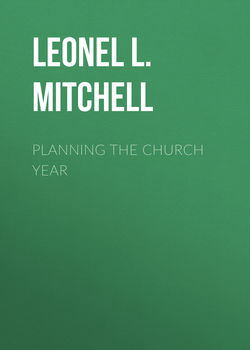Читать книгу Planning the Church Year - Leonel L. Mitchell - Страница 10
На сайте Литреса книга снята с продажи.
Changing the Worship Environment
ОглавлениеBe careful of doing things that cannot be undone, especially if they radically alter the building. Some buildings are indeed hideous, but most were simply built to the specifications of an earlier age and are merely unsuited for contemporary worship without what Pierce Middleton calls “retrofitting” (see A. Pierce Middleton, New Wine in Old Skins).
The most common problem is the long chancel with an altar at the far end that produces a tunnel effect, especially if the choir stalls are empty. One of the most simple and straightforward solutions, if the chancel is nice looking, is to build a new altar at the crossing, thereby moving the action down to the level of the people. The choir can continue to occupy the choir pews, and seats for clergy and acolytes can be moved out toward the center. The chancel itself can then be used as a chapel for small services, with people sitting in the choir stalls.
Often, changing communities leave congregations with churches much too large. Using banners and screens to create new and smaller space often works, as does roping off back pews—or removing them. An open space might be created around the font, for example, where the baptismal parties could stand with the congregation at baptisms. Whatever the problem, imagination is the first step to a solution.
